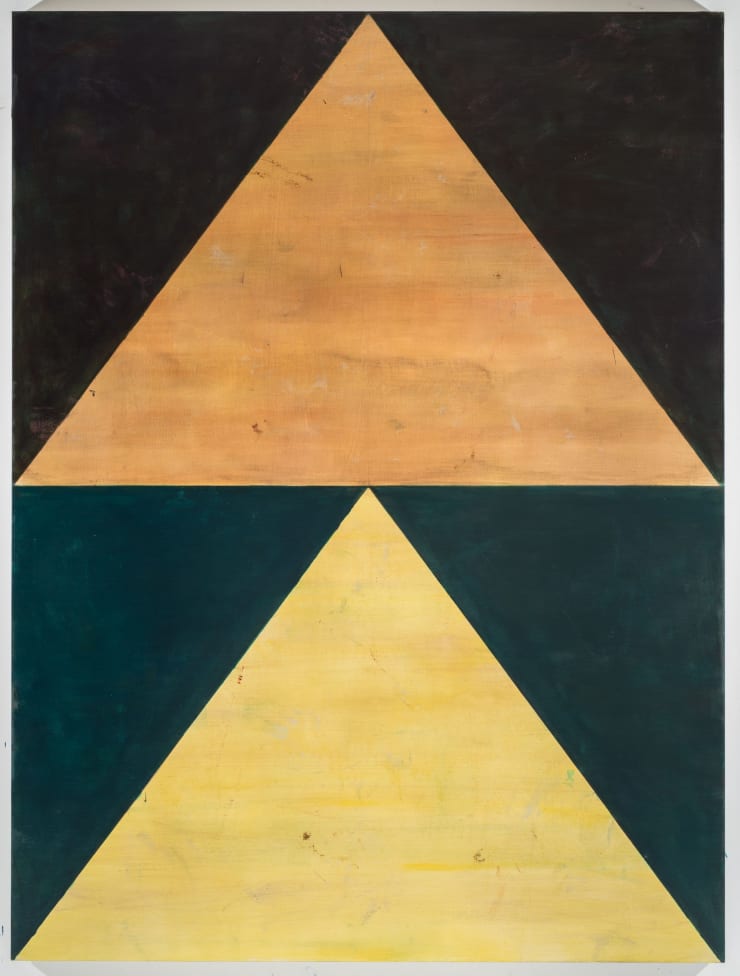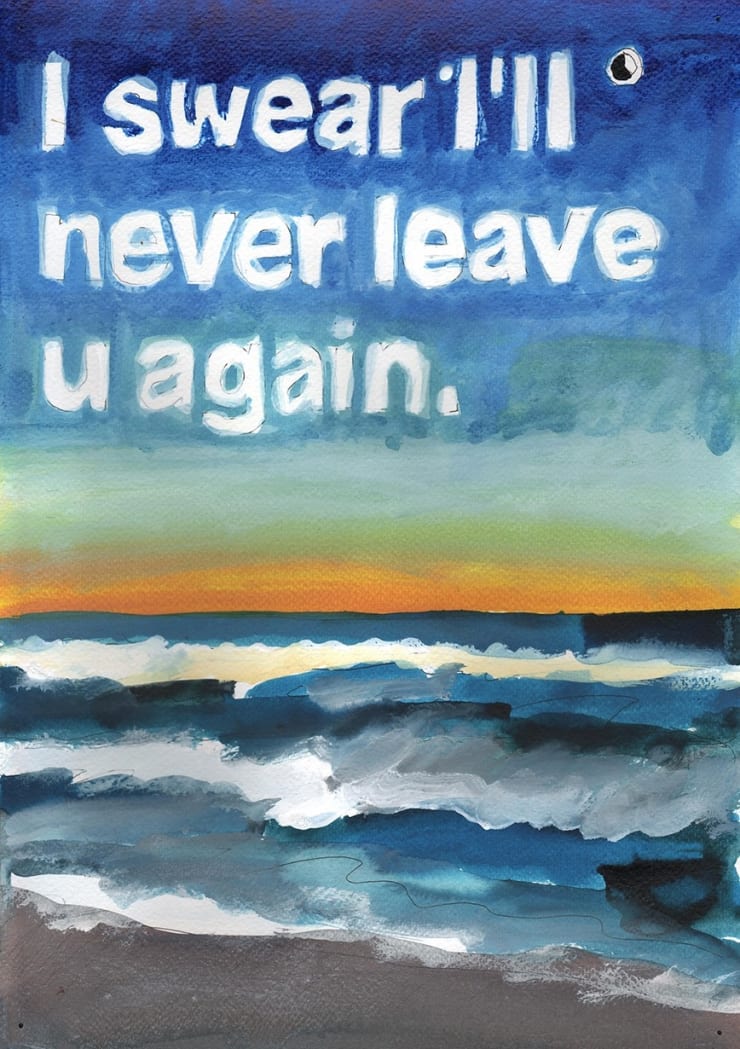AWAKENING: Thorsten Brinkmann, Henrik Eiben, Pius Fox, Gala Knörr, Friedrich Kunath, Sinéad Ní Mhaonaigh, Tessa Perutz, Ruud Van Empel, and Eric White
-
 Thorsten Brinkmann, Pony Tale, 2019
Thorsten Brinkmann, Pony Tale, 2019 -
 Pius Fox, Das Versprechen (PF 18-097), 2018
Pius Fox, Das Versprechen (PF 18-097), 2018 -
 Pius Fox, Fächer (PF 18-126), 2018
Pius Fox, Fächer (PF 18-126), 2018 -
 Gala Knörr, Electronic Superhighways Series, 2016
Gala Knörr, Electronic Superhighways Series, 2016 -
 Gala Knörr, Electronic Superhighways Series, 2016
Gala Knörr, Electronic Superhighways Series, 2016 -
 Ruud Van Empel, WORLD#7, 2005
Ruud Van Empel, WORLD#7, 2005 -
 Sinéad Ní Mhaonaigh, Untitled, 2013
Sinéad Ní Mhaonaigh, Untitled, 2013 -
 Friedrich Kunath, Untitled (Rockin), 2004
Friedrich Kunath, Untitled (Rockin), 2004 -
 Tessa Perutz, Upstate Path with Lavender Split Moon, 2019
Tessa Perutz, Upstate Path with Lavender Split Moon, 2019
Press Release
A group exhibition with the works of Thorsten Brinkmann, Henrik Eiben, Pius Fox, Gala Knorr, Friedrich Kunath, Sinéad Ní Mhaonaigh, Tessa Perutz, Ruud Van Empel, and Eric White.
Pablo’s Birthday is pleased to present Awakening, the gallery’s first physical exhibition in 2021. Presenting the works of these artists together in concert draws out the complementary aspect in their approach. It defines them by their differences - amplifying the artistic language of each independently as contemporaries.
The abstraction of Pius Fox moves between painting and drawing, between form and content, always on the verge of the non-objective. Compositions venture into various configurations of spatial expression created by the superimposition of layers of paint. Henrik Eiben’s work resonates with the strain of post-minimalism. Characterized by a fluidity between mediums, the artist is consistently inspired by new materials, spatial relationships, and concerns of scale.
The works by Tessa Perutz deal with the meeting of the landscape, the geometrically abstract, and color field painting, with elements of popular (pop) imagery. With a dedication to taking a contemporary approach to landscape painting, her effort is to express harmony and balance within both urban and rural areas.
Pádraic E. Moore notes about Sinead Ní Mhaonaigh’s abstract compositions that “the seductive attraction of her painting lies in their extrovertly taciturn quality”; a tactile approach, with images that agitated as they are, ultimately function as investigations into the sublime. The abstraction of Ní Mhaonaigh is aggressive but controlled, held perpetually in tension and unison.
Figurative languages and pop culture are manifested in the exhibition with positions such Eric White, Friedrich Kunnath, and Gala Knorr; each influenced by their own particular contexts. White’s paintings reference 20th-century film, music, and pop culture. His approach to figuration is both beautiful and disturbing, with a work that attempts to tap into those realities and dimensions that exist beyond the fringe of our perception.
Friedrich Kunath utilizes a personal style of romantic conceptualism, layering poetic phrases with poignant, often melancholy imagery. The artist’s personal journey from Germany to Los Angeles plays a key role in his work, incorporating German Romanticism and western popular culture, with still life, cartoon imagery, commercial illustration, photography, and lyrical references.
The practice of Gala Knörr depicts her interpretations and remarks on how society navigates within the online and tangible realms, reshaping our habits and pushing contemporary identities into new dialogues. The artist gives space to radical moments that celebrate diversity and humor as a coping mechanism within the increasingly and rapidly shifting socio-political times.
Photography and assemblage are recognizable to the artistic practice of both Thorsten Brinkmann and Ruud Van Empeel. Brinkmann’s work features traditional motifs of painting and photography while employing classical representation and modern abstraction. Art history for Brinkmann, like his collected material, is something to work with. He plays with the historically dialectical relationship between photography and painting backwards, staging photographs that deconstruct photographic representation.
Until the mid-1990s, Ruud Van Empel created his photographic assemblages using traditional collaging techniques. Switched since then to a digital process, Van Empel changed the face of digital fine-art photography. Based on art historical references, the cutting-edge digital “photo objects” by Ruud Van Empel defies temporal structures and instead represents universal themes.











